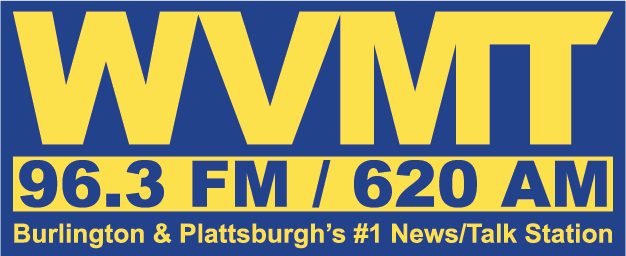NEWPORT, Vt. (WCAX) – The first day of school is less than a month away, and North Country Union High School’s principal says students might have to start the year with online learning if PCB levels remain too high.
This comes as the legislature decides whether to pause the state’s costly testing program.
A $5 million mitigation effort is underway to reduce high levels of harmful PCBs in the air. Principal Chris Young says this is NCUHS’s fourth effort to decrease the chemical levels.
“The levels of PCBs in the air have not gone down as a result of those, so we’re really afraid that that’s going to be the case again,” said Young.
Guidance on testing comes from the Vermont Department of Health, the Department of Conservation, and the Agency of Education, which determines whether or not students will be in their seats for the first day.
“I think one of our biggest challenges is to make sure that the agencies all understand how important it is for students to be on time and in-person for the start of the school year,” said Young.
Young says state agencies are now starting to recognize the importance of in-person learning.
“That’s what’s best for their social, emotional, and mental health, as well as their academics, so that’s what the school district is focused on trying to make sure happens,” said Young.
NCUHS is not alone, there are dozens of Vermont schools with action-level PCB issues, including seven with classroom spaces affected.
“Our focus right now is on the approximately 19 schools that we identified with the initial testing with exceedances of immediate action level,” said Secretary of the Agency of Natural Resources Julie Moore.
With dwindling funds available for these projects, the state legislature is divided on whether the testing program should even continue.
Vermont House Education Committee Chair Peter Conlon tried and failed to get the legislature to pause the testing for the last two years until they can find a proper way to fund it.
“This is a public health initiative, not an education initiative, so probably property taxes are not the best way to be funding it, and so there’s millions and millions of dollars still to be spent on this mitigation program, where that money comes from, I don’t know,” said Conlon.
Lawmakers who voted down the end of PCB testing say they are focused on decreasing problem numbers.
Young says the money and effort going into this project could have gone into a new facility or other education projects.
“This doesn’t make any sense at all to be putting this amount of money into a building that ultimately needs to be replaced,” said Young.
Right now, North Country Union High School is waiting to hear back about test results from the first part of their mitigation efforts. Those will give them an idea about how this summer’s costly process worked.
